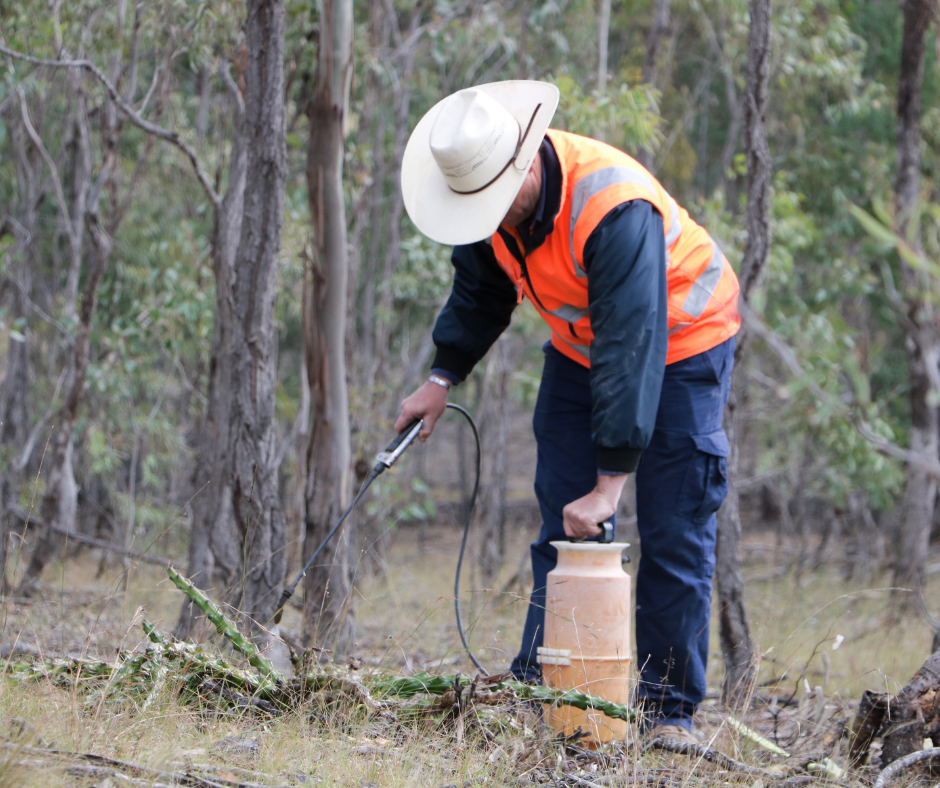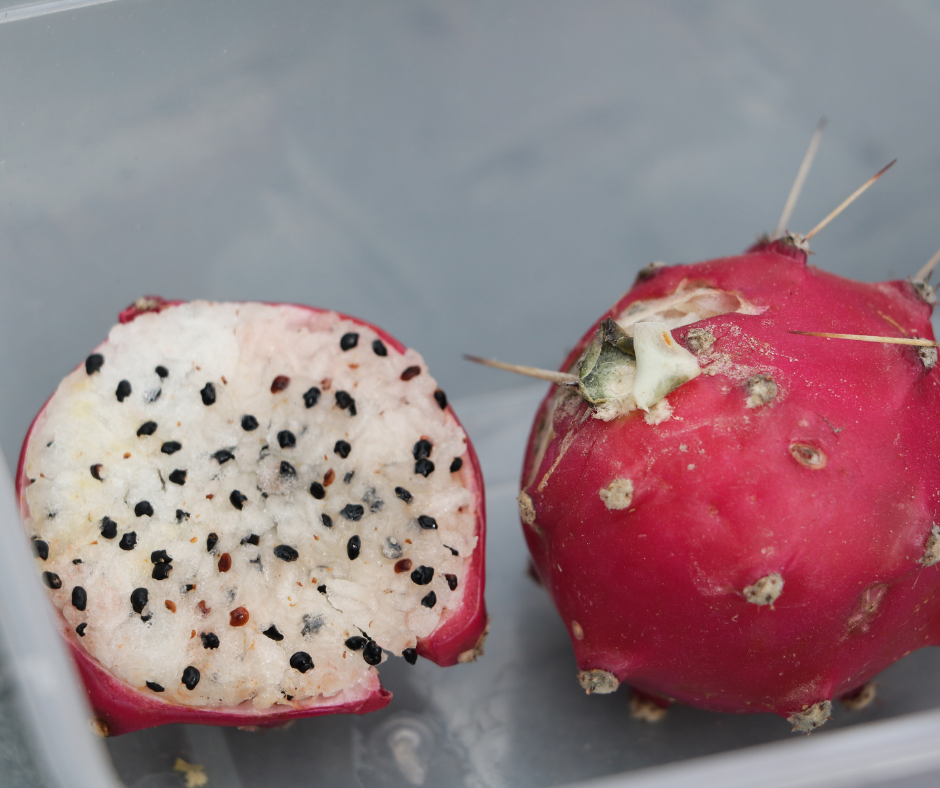4 December 2025
At Southern Queensland Landscapes, you’ll join a team that is dedicated to working with landholders, community groups, industry, and government to deliver practical, science-based solutions that support farming, biodiversity, and the health of our landscapes. Working with us is more than just a job—it’s an opportunity to make a real difference. You’ll contribute to projects that care for the environment, strengthen regional communities, and create a lasting legacy for future generations. If you’re passionate about healthy landscapes, thriving communities, and meaningful work, you’ll feel right at home with us. As a leader in the Program Delivery team, you will play a key role in developing and implementing communication, extension, and adoption strategies for Southern Queensland Landscapes’ environmental and sustainable agriculture projects. You’ll also be responsible for maintaining Southern Queensland Landscape’s brand integrity and consistency across all corporate communications. Reporting to a Programs Manager, you’ll work with minimal supervision to deliver on the responsibilities outlined below. What You Will Do In this role, you will develop communication, extension, and adoption plans for projects and proposals, while supporting the delivery of communications and events for sustainable agriculture and natural resource management initiatives, including managing subcontractors. You will oversee corporate communications to ensure consistent brand representation, organise and facilitate workshops, field days, and other extension activities, and collaborate with stakeholders such as community groups, farmers, researchers, and industry partners to strengthen partnerships. Additional responsibilities include preparing reports on communication and extension outcomes with budget tracking, managing and providing support for Southern Queensland Landscape’s CRM system, maintaining communication resources including the media library, and enhancing the customer journey for land manager partnerships and membership. About You We’re seeking a motivated communicator with a passion for agriculture and the environment. To thrive in this role, you’ll bring: Relevant tertiary qualifications in Communications, Agricultural Science, Agribusiness, or Environmental Science. Proven ability to develop and deliver communication and extension plans that make an impact. Outstanding written and verbal communication skills. Strong project management and organisational skills to keep everything on track. Experience in social media, marketing, and content creation, including CRMs and visual assets. Event planning and coordination expertise for workshops, field days, and community activities. A collaborative mindset with the ability to work independently and exercise initiative. Confidence in building relationships with diverse stakeholders and resolving issues positively. Ability to manage subcontractor partnerships effectively. High-level computer literacy, data management, and reporting skills. Analytical and problem-solving abilities to tackle challenges creatively. Knowledge of Australian farming systems, technologies, and challenges. A current driver’s licence and willingness to travel across the region. Why Join Us? At Southern Queensland Landscapes, you will work in a supportive, collaborative environment where your contributions truly matter. You’ll enjoy variety in your work, opportunities to learn and grow, and the satisfaction of being part of a team that’s making a tangible difference for our environment and regional communities. If you’re looking for a role that combines purpose, teamwork and professional growth — apply now and help us create a thriving, sustainable future for southern Queensland.














